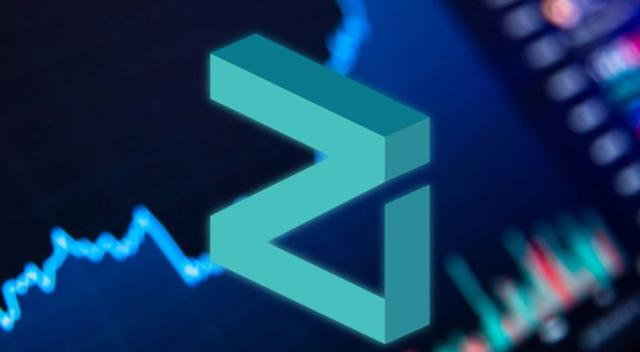
Today, with the rapid development of blockchain technology, ZIL tokens, as the native currency of the ZQ2 main network, play a vital role. This article will delve into the supply of ZIL tokens, the pledge reward mechanism and its application at the governance level, helping readers better understand the operating mechanism of this digital asset.
1. Supply of ZIL Tokens
The ZQ2 mainnet uses ZIL as its native currency, and all fees and rewards are paid in ZIL. Mainnet validators and their delegators ensure the security of the network by staking ZIL. It is worth noting that ZIL is essentially packaged with an ERC-20 interface, which allows it to be uniformly processed in decentralized finance (DeFi) applications as a fungible asset.
In the ZQ2 mainnet, X-shards are launched based on an initial supply that is allocated to accounts responsible for distributing validator rewards and collecting transaction fees. There are multiple options for X-shard’s native token selection, including ZIL bridged from mainnet, or other ERC-20 tokens already deployed on mainnet. These tokens can be stablecoins, allowing X-shards to use them as native tokens, which makes transaction fees and validator rewards unaffected by price fluctuations. Additionally, an X-shard has the option to launch a completely new native token that initially only exists within that X-shard.
2. Pledge reward mechanism
ZQ2’s Proof of Stake (PoS) consensus mechanism requires users to stake ZIL. Users can deposit ZIL into the staking contract and delegate it to validators. Users can immediately claim the reward share after deducting the validator commission, but the process of transferring the delegated pledge to other validators will be restricted by the cancellation period from ZQ1. Most validators are operated by staking pools, but ZQ2 also allows independent stakers without delegators.
In X-shard, the incentive mechanism of validators is freely selectable, while the token economics of the PoS mainnet are built into the protocol. The goal is to build a sustainable and attractive reward model that prevents the depletion of the ZIL supply while reducing inflation, without sacrificing the staking ratio, which is critical to the security of the network.
To achieve this goal, validator rewards are regularly adjusted based on block space utilization. The total amount of rewards a validator should receive per hour is calculated as follows:
[ Z_h = Z \cdot \left(1 - \frac{c}{S_{mS}} \cdot \left(1 - \frac{x}{S_{mS}}\right)\right) \cdot T + c_F ]
In the formula, the parameters Z, B and T are defined as follows: - Z: The number of ZIL tokens used to calculate the total reward. - B: Parameters related to validator rewards. - T: time factor.
3. Reward distribution mechanism
The amount of rewards a validator should receive per hour varies due to the expected number of blocks produced. The validator will allocate its reward share to the delegator based on the proportion of ZIL pledged by the delegator. This distribution mechanism not only encourages more users to participate in staking, but also ensures the operational efficiency of the network.
The impact of the pledge ratio: The goal of the pledge ratio is to ensure the security of the network. A too low pledge ratio may increase the risk of the network being attacked. Therefore, the design of ZQ2 aims to encourage users to actively participate in staking through a reasonable reward mechanism to maintain a healthy staking ratio.
Burning of transaction fees: In ZQ2, burning transaction fees will also affect validator rewards. This mechanism can not only reduce the supply of ZIL on the market, but also increase the scarcity of the token, thus promoting its value. In this way, ZIL tokens can maintain stable performance in the market.
4. Summary
The ZIL token plays a vital role in the ZQ2 main network. It is not only a medium for online transactions, but also an important tool for ensuring network security. Through a flexible staking reward mechanism and reasonable token economics design, ZIL tokens provide users with sustainable income opportunities, while also ensuring the stable operation of the network.
In the future, with the continuous development of the ZQ2 main network, the application scenarios of ZIL tokens will become more extensive, and user participation will further increase. We hope that through the analysis of this article, we can help more users understand the value and potential of ZIL tokens, and then make more informed decisions in digital asset investment.